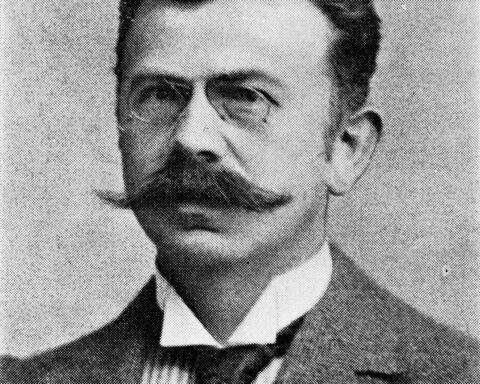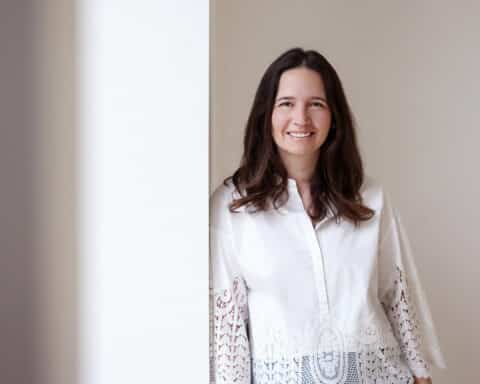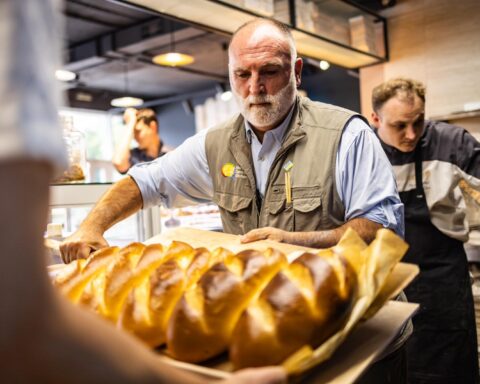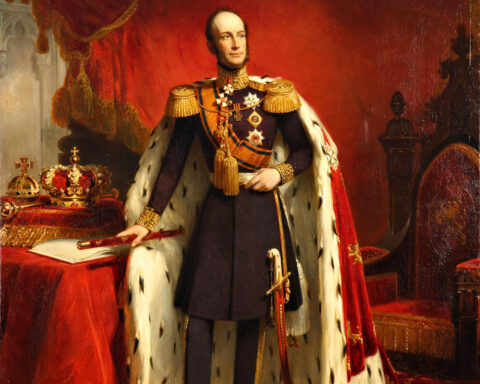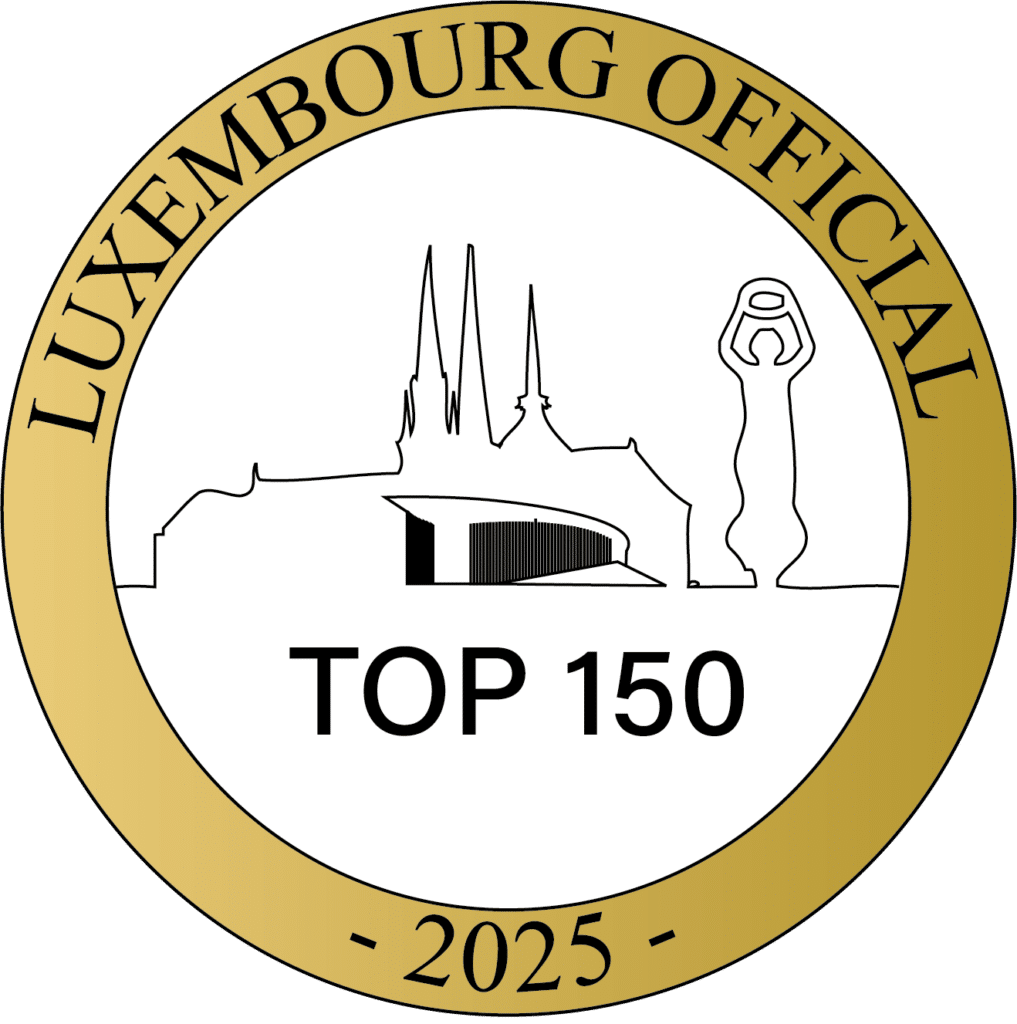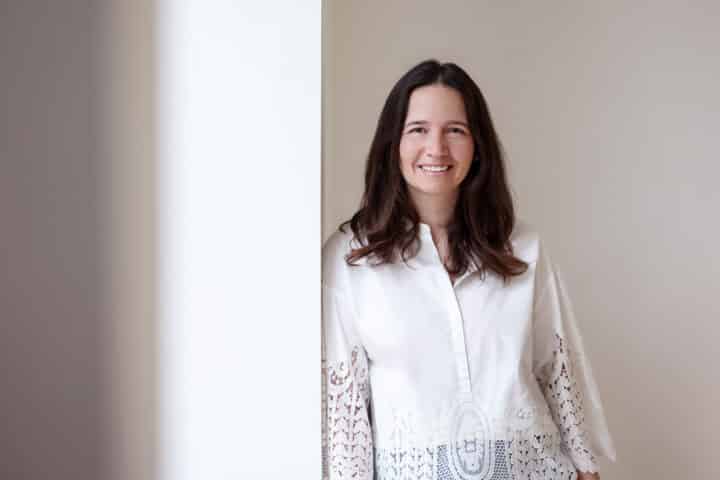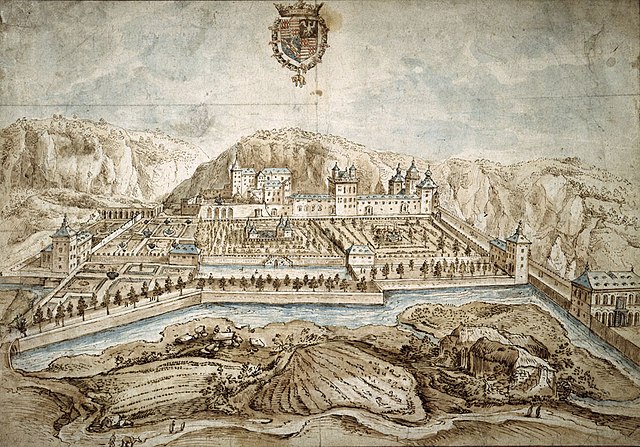La Maison de Raville, located at 4 rue de la Reine, Luxembourg City, is a historic Renaissance mansion built in 1575. Originally a noble residence, it has housed influential figures and institutions over centuries. Today, it serves as the headquarters of the Institut Luxembourgeois de Régulation.
Origins and Early Ownership
La Maison de Raville was constructed around 1575 as the noble residence of Jakob de Raville, a member of the distinguished de Raville family. This family, also known as von Rollingen, held significant estates in the region, including the village of Raville in Moselle, which was a Luxembourgish enclave ceded to France in the 17th century. The mansion exemplifies Renaissance architectural style, characterized by its symmetrical design and ornate detailing, reflecting the aesthetic preferences of the Luxembourgish nobility during that period.
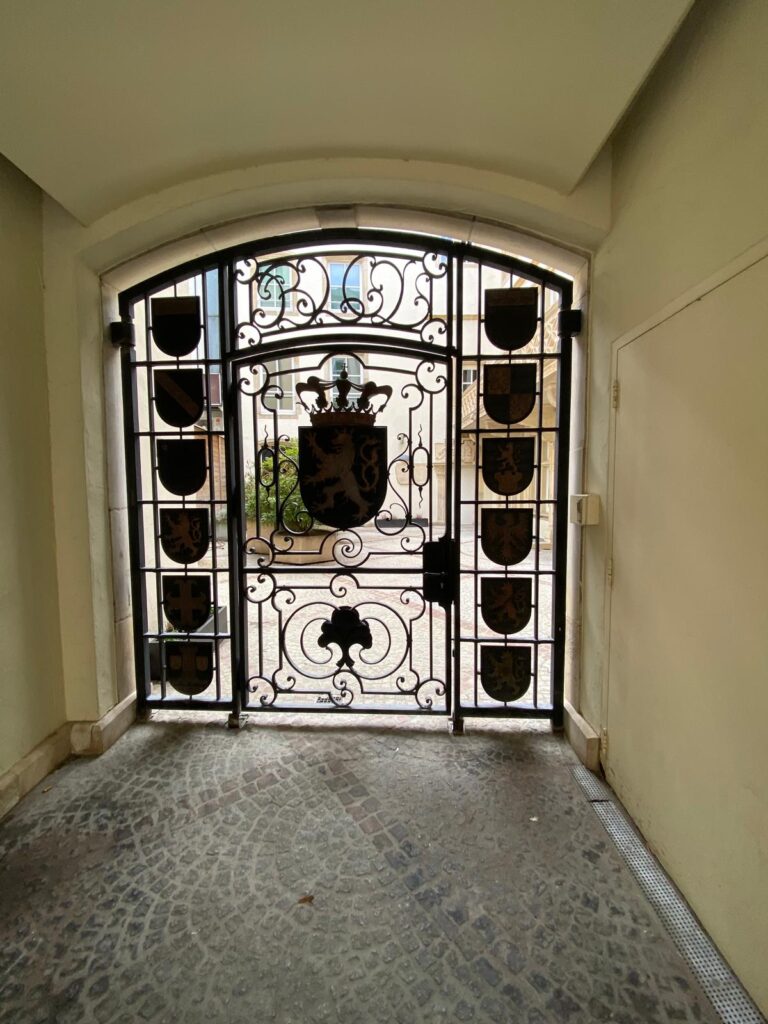
A Noble Residence Through the Centuries
Since its construction in 1575, La Maison de Raville has passed through various noble families and institutions. It was first occupied by the Seigneurs de Raville before being acquired by the Seigneurs d’Everlange in 1638 and later by the Abbaye d’Orval in 1651. By 1682, the Seigneurs de Cassal took ownership, followed by Nicolas Loutz in 1756. In the 19th and early 20th centuries, the property was home to Alexandre Cary (1816) and Eugène Ruppert-Cary (1900). By the late 20th century, the mansion transitioned into a commercial and institutional space. Banque UCL S.A. acquired it in 1975, followed by Dresdner Bank Luxembourg S.A. in 1998. These changes reflect its evolving role in Luxembourg’s aristocratic and financial history.
“La Maison de Raville remains one of Luxembourg City’s finest Renaissance structures, balancing heritage with modern functionality.”
Restoration and Modern Use
In 1980, La Maison de Raville underwent a complete restoration to preserve its architectural heritage. The renovation carefully maintained the original façade, reinforcing the structure while adapting the interior for modern office use. Since 2012, it has served as the headquarters of the Institut Luxembourgeois de Régulation (ILR), which oversees telecommunications, postal services, and energy regulation in Luxembourg. Its blend of historical elegance and contemporary function makes it a significant cultural and institutional landmark. Despite its transformation, the mansion retains its Renaissance charm, standing as a reminder of Luxembourg’s rich architectural history.






